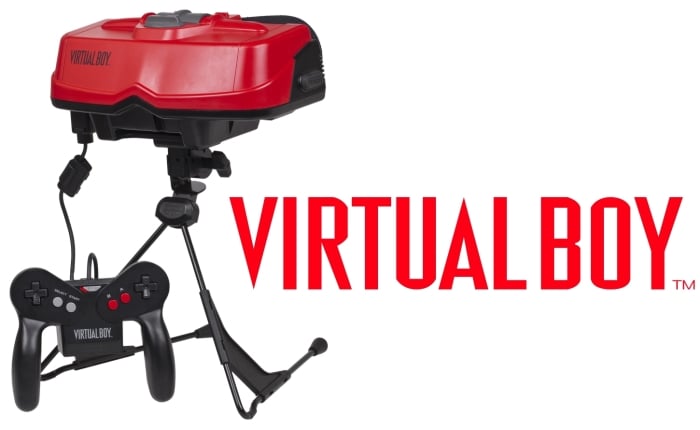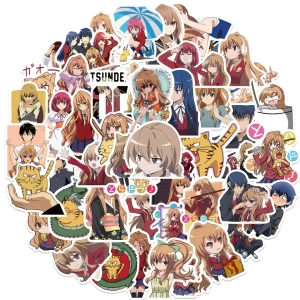The mid-90s were a magical time for video games, with bold experiments and fascinating innovations happening regularly. One such innovation was the Virtual Boy (1995) console. The release of this device marked an important moment in gaming history, as it was the first true attempt at creating a virtual reality console. Our article will dive into the history and unique features of the Virtual Boy, examine the critical and commercial reception of the console, and provide an overview of its most popular games. We will also discuss the lasting legacy that the Virtual Boy has had on the gaming industry as a whole. Whether you’re a retro gaming fan or simply curious about the history of this medium, this article is sure to engage and inform.
The History of the Virtual Boy Console
The Virtual Boy console was released by Nintendo in 1995 as the first portable console capable of displaying 3D graphics. Its creation and development were spearheaded by Gunpei Yokoi, the developer of the Game Boy. After its release, the Virtual Boy sought to give players a unique gaming experience through the use of red and black-colored graphics that popped out in 3D.
The console’s marketing campaign heavily emphasized its 3D capabilities, using buzzwords like “immersive” and “revolutionary.” Unfortunately, the console’s release was overshadowed by negative reviews and lackluster sales. Critics claimed that the 3D effects were hard to discern, and some even reported physical discomfort after extended play sessions.
In response to these criticisms, Nintendo slashed the price of the Virtual Boy just months after its release, effectively discontinuing the product.
Despite its commercial failure, the Virtual Boy remains an important piece of gaming history. It paved the way for future advances in 3D gaming technology and influenced the development of later console designs.
Sales and Marketing
The Virtual Boy was released in 1995, and while it generated excitement, it ultimately proved to be a commercial failure for Nintendo. The console’s sales figures paled in comparison to those of the competing consoles at the time. In total, it sold just over 770,000 units worldwide, which was a fraction of the number of consoles sold by its competitors.
Nintendo marketed the Virtual Boy as a cutting-edge gaming device that would bring an entirely new dimension to gaming. These marketing strategies emphasized the console’s innovative display technology and gave consumers the impression that it would be an exciting new gaming experience.
However, the console’s high price point and monochromatic graphics failed to live up to the expectations set by the marketing campaign. Additionally, the Virtual Boy suffered from several design flaws, including a lack of mobility, which made it unpopular with gamers. Competing consoles like the Sega Saturn and Sony PlayStation were making headway in the market, and this made it challenging for the Virtual Boy to compete. In comparison, these consoles offered more advanced graphics, more games, and better mobility.
Despite Nintendo’s best efforts, the Virtual Boy couldn’t compete in the market dominated by more immersive and exciting consoles. In the end, the Virtual Boy failed to live up to the hype created by its sales, and it remains a footnote in gaming history.
Description of the Virtual Boy
The Virtual Boy was a groundbreaking console developed by Nintendo. At the time of its release in 1995, it was unlike any other console on the market. The console was designed to display immersive 3D visuals, allowing gamers to experience their favorite games in a whole new way.
Hardware specifications
The hardware of the Virtual Boy was truly one-of-a-kind. The console was designed to be a tabletop unit, with a unique visor-style display. The display was capable of displaying 3D effects without the need for additional accessories like glasses. Instead, the console used a stereoscopic display that projected separate images to each eye.
The console itself was powered by six AA batteries, and the controller was connected using a cable. The controller featured dual directional pads and several buttons to control the games. The console also had adjustable brightness, contrast, and volume controls.
Controllers, games, and accessories
The Virtual Boy had a few accessories and games available to gamers. The most popular and iconic accessory was the controller. It featured a dual directional pad that allowed players to move through their games. The controller also had several buttons for various in-game functions.
As for games, the Virtual Boy had a relatively small library, with only 22 games released on the console. Popular titles included “Mario Tennis,” “Teleroboxer,” and “Wario Land.” The console also had a few accessories like battery packs and a stand to prop it up, providing a better-gaming experience for players.
The hardware specifications of the Virtual Boy made it a unique and memorable console for gamers everywhere. Though it had a relatively small library of games, the console’s ability to display 3D visuals and the innovative visor display made it a trailblazer in gaming technology.
Games on the Virtual Boy
The Virtual Boy only had a limited number of games available for playing, mostly due to its failure in sales. However, the console did have some popular titles which received varying reviews.
One of the most popular games on the Virtual Boy was “Mario’s Tennis,” which displayed the 3D capability of the console quite well. Other popular games included “Red Alarm,” “Teleroboxer,” and “Galactic Pinball.” These games were well-received by both critics and audiences alike, showcasing the unique features of the Virtual Boy.
However, the console’s gaming capabilities were met with some negative reviews. The console had limited color options and had a reputation for causing headaches or motion sickness during gameplay. The unique ‘3D’ feature could quickly become a problem for players, leading to the disinterest of the public and limited game development.
Regardless of its short life expectancy, the Virtual Boy managed to leave a lasting impression on gaming history. Several of its games, such as “Mario’s Tennis,” have been ported to other Nintendo consoles, and its unique 3D feature inspired the development of future console systems.
Reception and Legacy
The Virtual Boy console received mixed opinions from both consumers and critics when it was released in 1995. While some praised its unique 3D capabilities, others criticized the console’s bulky design, low-quality graphics, and limited game library. The console’s retail price of $179.99 also contributed to disappointing sales figures, with only 700,000 units sold worldwide.
Despite its flaws, the Virtual Boy console had a significant impact on gaming history. Its innovative use of red LED lights to create a 3D experience foreshadowed the possibilities of virtual reality in gaming. However, because of its commercial failure, Nintendo chose not to pursue any further releases of the console.
Today, the Virtual Boy console holds a unique position in popular culture due to its legacy of novelty and critical reception. It remains a niche product among gamers and console collectors, often selling for high prices on online marketplaces. The console has also been featured in popular culture, including “Stranger Things” and “Ready Player One,” further lengthening its legacy.
Conclusion
In conclusion, the Virtual Boy was a console that no one ever saw coming. Nintendo’s first venture into Virtual Reality was an admirable attempt, but ultimately, the console fell short of expectations. The console’s lack of portability, limited game library, and the fact that it required players to wear a headset pushed players away. As a result, Nintendo discontinued the console after just six months of its release, calling it a commercial failure.
The Virtual Boy’s legacy is a mixed one. On one hand, it paved the way for future Virtual Reality endeavors, inspiring gaming companies to work towards perfecting the technology. On the other hand, it will always be remembered as a costly mistake, a console that failed commercially and creatively.
Overall, the Virtual Boy had a lasting impact on the gaming industry and demonstrated both the potential and limitations of Virtual Reality technology in video games. Although Nintendo has shifted away from the Virtual Boy concept, the legacy of the console is a reminder that sometimes even the best ideas can fall short.
FAQs
What is the Virtual Boy? The Virtual Boy is a video game console released by Nintendo in 1995. It was unique in that it used a red monochrome display and promised players an immersive 3D experience.
Why was the Virtual Boy considered a commercial failure?
The Virtual Boy failed commercially due to a variety of factors, including its limited game library, expensive price point, and uncomfortable design. It was also criticized for causing headaches and eye strain in some players.













